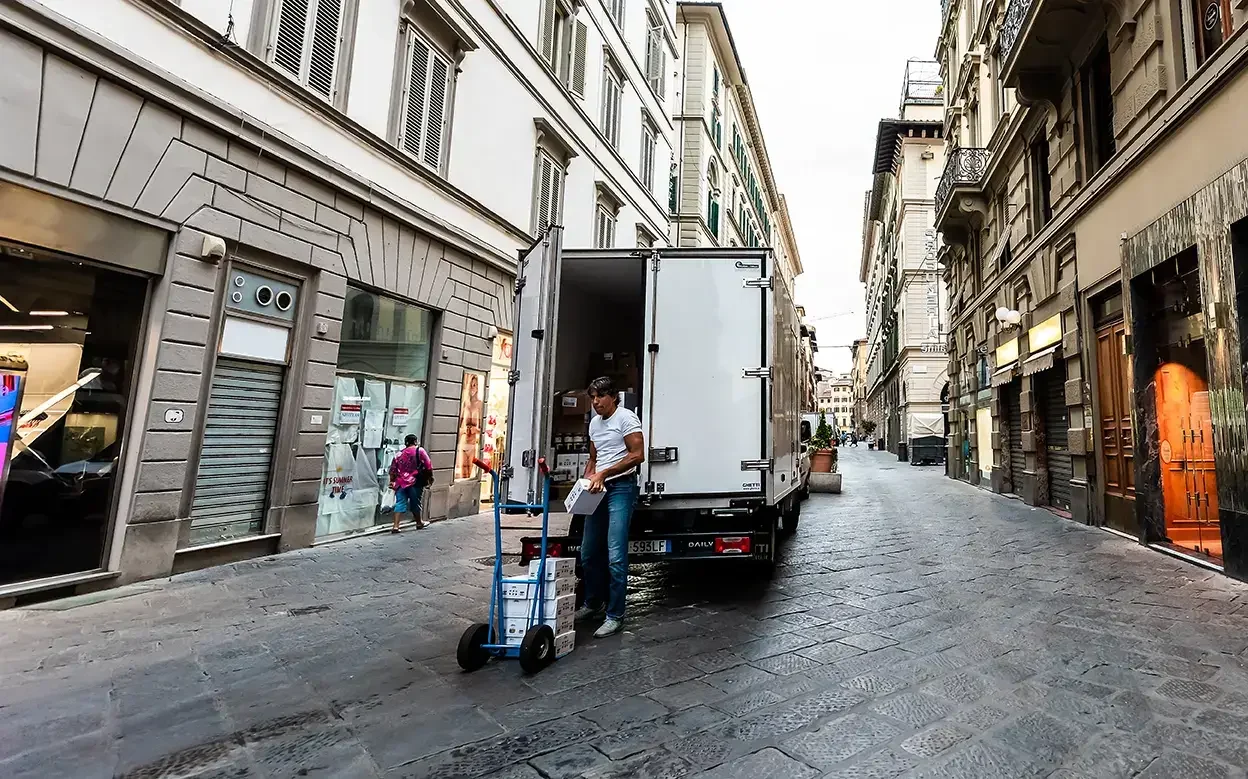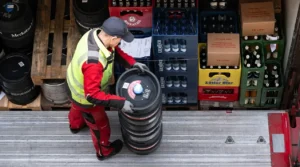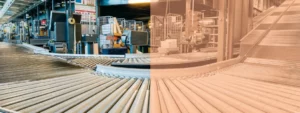
Gaining control over urban logistics costs
How visibility leads to better decisions
Hidden costs, visible consequences
In practice, many companies believe they’ve got their city logistics under control. But when things change, access rules to emission zones, rising fuel prices, it suddenly gets tricky. How much more will it cost? What’s the impact on your service promise? And how do you explain necessary changes to customers without damaging the relationship? The answer lies in insight.
What does that extra trip really cost?
No insight, no control over costs
We see this every day. Suppliers, logistics providers, and retailers want control over their urban distribution and the associated logistics costs. They seek smarter planning, cost modeling, and customer alignment. They want to know: what does this cost? What does it deliver? And what does it mean for the customer experience? Real insight starts in practice, not in theories or assumptions.
How Simacan helps
We help you calculate trade-offs, compare scenarios, and communicate clearly. Not with spreadsheets, but with facts from your own operations. So you stay in control of your urban logistics costs, and your customer relationships.
This might also interest you:

Challenges and opportunities for urban foodservice logistics
Urban foodservice logistics face challenges like congestion, lack of collaboration, and electrification. How real-time transport visibility can unlock efficiency and sustainable delivery.

Thanks to data cleaner and smarter through the city
In the realm of traffic and transport, integrating public and private data streams can significantly enhance urban logistics. By securely connecting these data sources, cities

